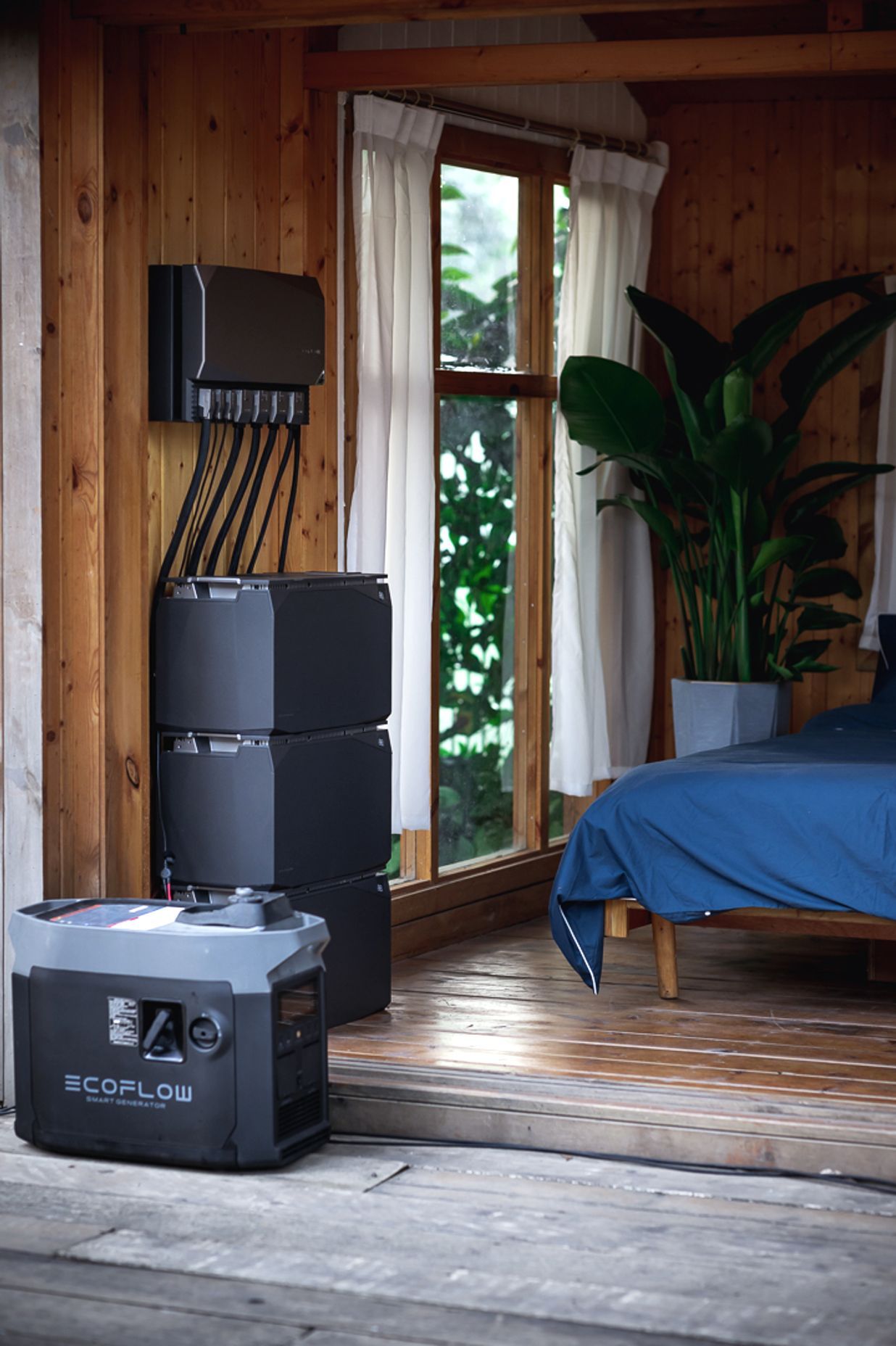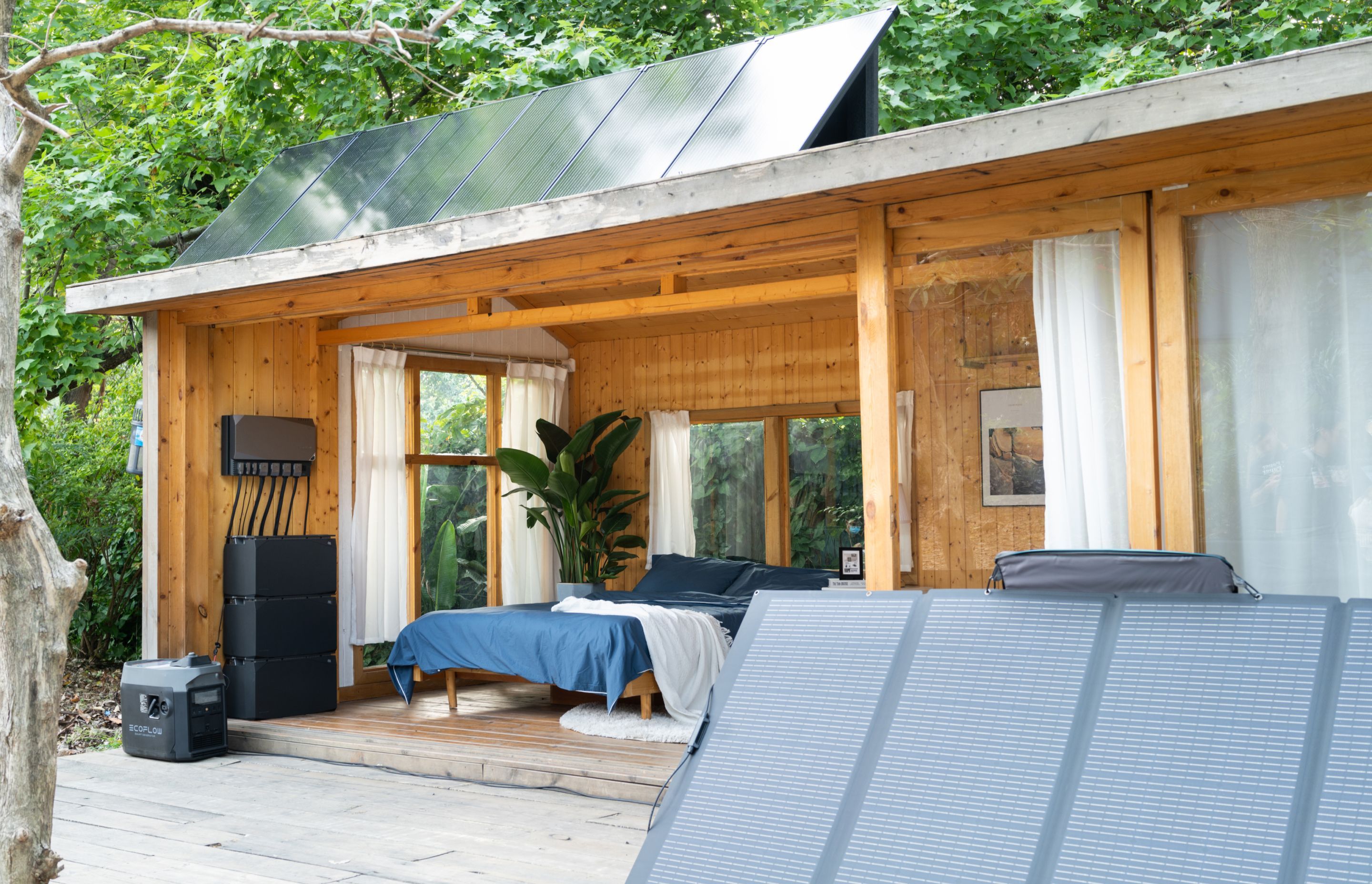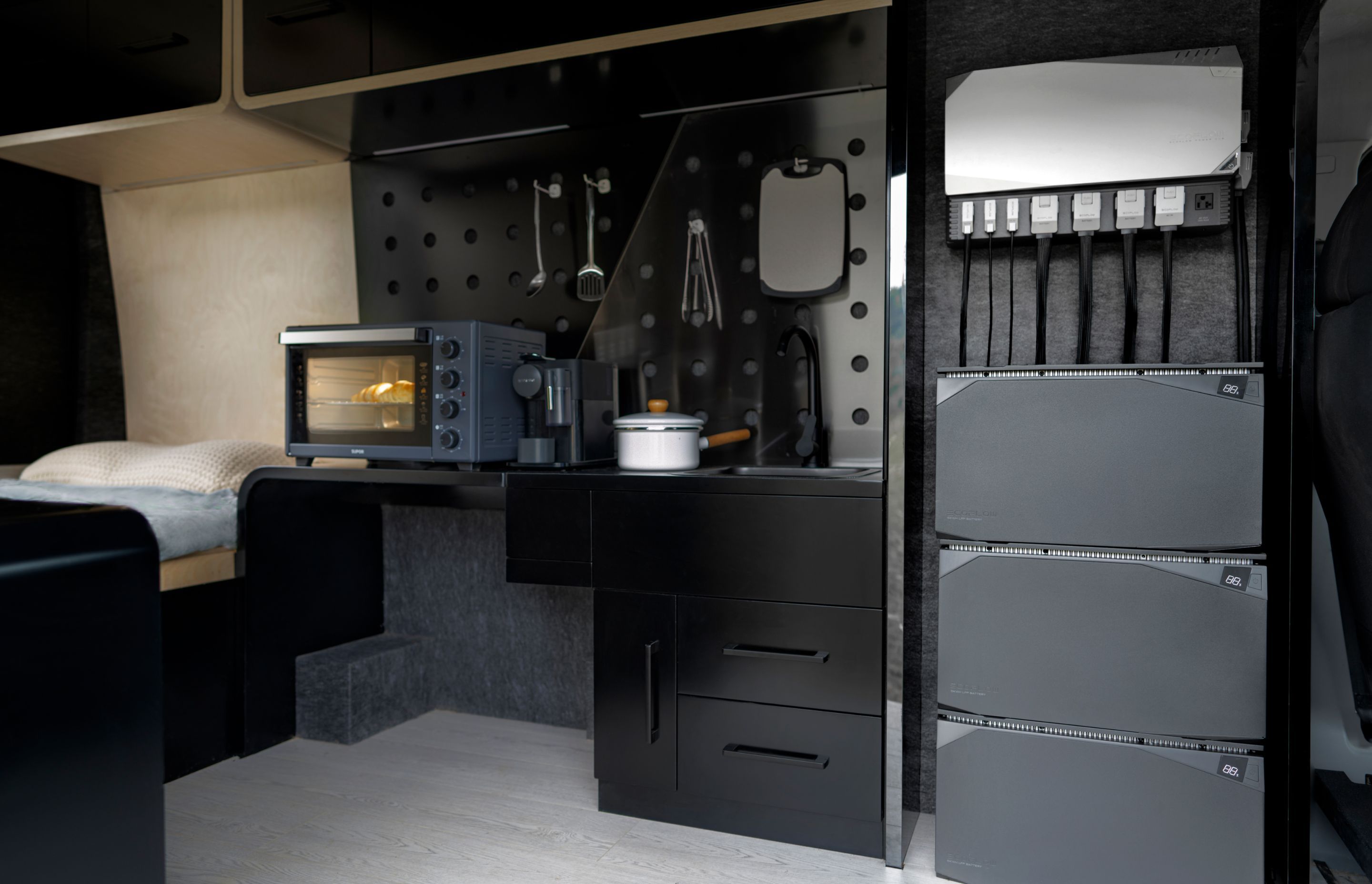Powering a tiny home is easier than you think
Written by
22 March 2023
•
4 min read

Cited as the catalyst for the tiny house movement, ‘Home Sweet Hut’ — a front-page feature detailing University of Iowa professor Jay Shafer’s tiny house lifestyle — was published in the Des Moines Register in 2000. While it was not the first time the concept of tiny house living had been penned, the article captured the imagination of many, and in 2002 Shafer joined forces with a group of like-minded tiny house converts to establish The Small House Society.
Since then, tiny homes have boomed in popularity, with TV shows, coffee table books, documentaries, and businesses dedicated to the art of tiny living. For those who seek simplicity, prioritise sustainability, or follow the pine-scented trail of adventure, a tiny home is bucket list material. Energy-efficient design, clever application of space, reduced clutter, and the opportunity to live a nomadic lifestyle are just a few of the benefits of tiny homes.

Many people who join the tiny house movement do so as a response to climate change; the ease with which a tiny home can be run entirely on renewable energy being a big drawcard. Enabling this shift is power tech company EcoFlow — manufacturers of solar panels, portable power kits, generators and the like — who say their goal is to help people access power no matter where they are in the world.
When looking for a tiny home power solution, EcoFlow Product Manager Jamie Elliott says the first step is noting all the appliances you need to run.
“Say you've got a TV, a heater, or a water pump, and you also want to charge your phones and your laptop. So you get those appliances together in a list, and you work out what the power requirements for each of those are, and how long you want to run them for.
“Once you have your list, you can add them together. Say the number that comes out is 2000 watts, that would mean that for a 24-hour period, you need 2000 watts to run all your stuff. So you could have a two kilowatt-hour battery system, and that will keep you going for 24 hours,” Elliott explains.

EcoFlow offers two main power solutions; portable power stations such as the EcoFlow DELTA and EcoFlow RIVER, or the EcoFlow Power Kits. The smaller portable power stations are ideal for situations where you’ll only be off-grid for a few days at a time, as they are designed to be charged via a wall outlet prior to being used. EcoFlow’s Power Kits provide long term off-grid power, as they are wired into your tiny home and run off solar panels or, when necessary, an EcoFlow Smart Generator.
“There's such a good variety that pretty much any different type of dwelling can be powered by the power kit. From a couple of nights in an RV, to living in a home full time. There's the whole breadth of power capacity options available.”
Solar power is integral to the EcoFlow system, Elliott says. As with battery capacity, your solar array is dependent on the power requirements for your home and, of course, the battery size you have chosen.
“We have a number of different panels in different power ratings, depending on your system, from 100 watts, up to 400 watts. There's a panel to fit all the scenarios that you might have, but essentially the bigger the battery, the bigger the solar array,” Elliott says.

A recent project with tiny house "legend" Bryce Langston showcases the efficiency of the solar powered EcoFlow Power Kit. One permanent 400 watt solar panel, and another 400 watt portable travel panel were installed to charge the 2kW battery that powers the 12.5sqm home.
“Everything in here has been designed to be very energy-efficient, and runs on a 24V system. There are only a few things in the house that require alternating current,” Langston told Stuff.
Due to the space limitations with tiny homes, Elliott says it is important to consider how much space you have, alongside how much power you want to put into the system. And, if you have any questions, the EcoFlow team are on hand to help you figure out the best solution for your set-up — offering everything from advice on solar panels, to power kit installation.

When asked to share advice for those planning a tiny home build, Elliott’s answer harks back to earlier comments about power demand.
“The key thing is to look at your power consumption, and work from that. Don't buy a system and hope that it works for you, you know, start with what you need and build from there. That’s the best way to spec the system.”
Learn more about EcoFlow.